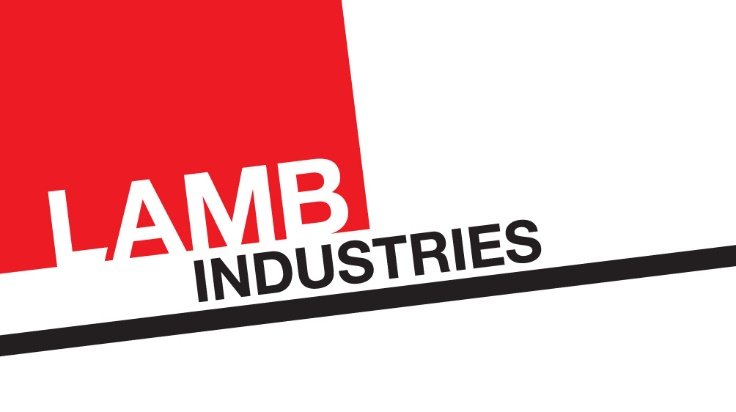Industrial Design for Medical Equipment
As with any sector, designing for the health sector poses its own unique challenges and considerations. At Lamb Industries we have done various industrial designs for medical products, most recently the Versius surgical robotics system for CMR Surgical, and have learnt a lot from this experience…
Designing medical devices has many similarities with designing professional equipment. Users tend to be extreme, meaning if a product is not intuitive misuse can be fatal and not just inconvenient. It starts with an understanding of the user, usually by observing their experiences first-hand. This may involve getting scrubbed up and standing near to the surgeon during an operation, observing their well-drilled practice but also their struggles and how they have to adapt to their tools. Always looking for opportunities to improve the user experience.
People tend to think of surgeons (and firefighters) as superheroes. Although this is true, they are expert users, it is also true that they are usually physically compromised by PPE and extreme working environments. They wear gloves that reduce finger sensitivity, masks and visors that may inhibit peripheral vision. They also work a long time without the opportunity to take a break, promoting fatigue and discomfort. Industrial designers need to factor this in, recognising that designing for these extreme users has an inclusive design element.
The design process also needs to be flexible enough to accommodate the client’s requirements. Some clients have strong internal engineering and research departments so require a more straightforward industrial design involvement whereas others require more strategic support including stakeholder research services. There are generally more stakeholders with medical device design as the purchaser is usually not the user. It is important to recognise as well that the person using the tool is not the only one that should impact the design. In theatre, there are scrub nurses and other medical personnel, but there are also technicians and support staff. The final product design must factor in the needs and working conditions of this wide variety of staff.
We have also found that our experience working across different industries – rather than being a medical product design specialist - is a distinct advantage. Cross-fertilisation can bring surprising new ideas and approaches. For instance, we found that our experience with high-temperature polymers in designing firefighting equipment allowed us to substitute these for expensive, heavy alloys in surgical instruments. These materials stand up to sterilising and autoclaves while allowing for greater design freedom. This means fewer parts, better hygiene, easier disassembly for cleaning, and more ergonomic and safer forms with fewer sharp edges. Similarly, working on the design of folding, truck-based cranes informed the understanding and complex clash scenarios of surgical robot arms. For those without extensive experience in product design for medical equipment, it is worth reflecting instead on how your experience in other areas can inform your designs in unique ways.
It is important to bear in mind that even though we are designing for professional work where you’d expect aesthetics to be less of a factor, in truth appealing design makes a big difference to how users will interact with the product and so it is important to get it right. The industrial design we developed for CMR Surgical’s Versius system is a good example of this.
Appropriate aesthetics were key in communicating the benefits of the new system. Until now surgical robots have been very bulky and almost aggressive in appearance. Versius is radical in its modularity, compactness, portability and user benefits. A design that reflects the core innovation of the company and its technology is therefore paramount.
The Versius robot arm is a similar scale to a human arm, far more compact than competitor systems. The product’s design is composed of flowing curves, a departure from the industrial aesthetic that is the norm. The waisted form directs the surgical team to optimum grip points for manipulating the arm and emphasises the slender design. The form of the arm communicates strength through subliminal muscularity. Additionally, it makes the arms far easier to drape - this is when the surgical team wraps tools in disposable, sterile bags.
The colour palette is neutral with coloured, illuminated bands to allow identification of each arm instantly. In a busy confusing OR clarity is a necessity. While the open, height-adjustable surgeon console design adapts to the surgeon’s preferred posture be it standing or sitting or allows them to change during long procedures. This improves comfort and efficiency. Whilst the console is open it also has a visual solidity that inspires confidence. It is easy to clean and has obvious grip points for portability. An important design constraint was incorporating a comfortable working position for the surgeon but keeping the overall width below 800mm, allowing the largest component of the system to go through any doorway. It seems obvious but many competitor systems do not have this ability.
To conclude, when doing industrial design for medical equipment some of the key factors to bear in mind are; the importance of making the work easier for the professionals who work in such extreme conditions, the wide variety of different people you are designing for and factoring their needs as well, and the difference good design can make for these professionals even on a purely aesthetic level.
You can read more about our work on Versius on our case study page.





